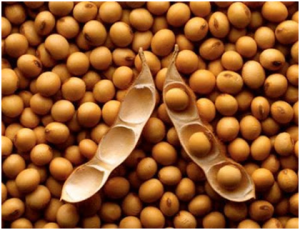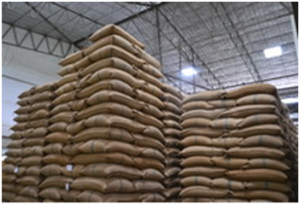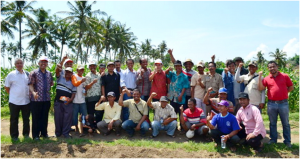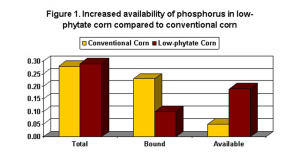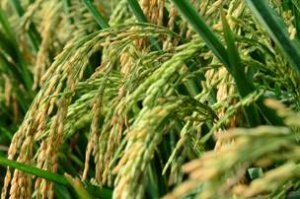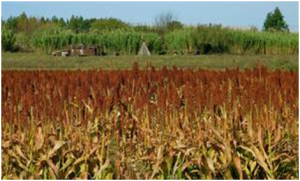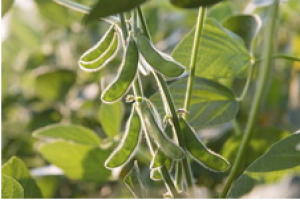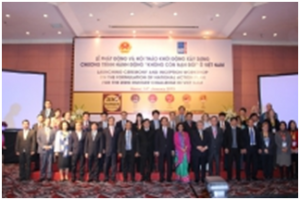|
Transcription start site-associated small RNAs in the PTEN gene
Thursday, 2017/12/07 | 08:00:45
|
|
Ji-Long Liu, Wen-Qian Zhang, and Ming-Yu Huang; PNAS Dec. 2017
Figure: paRNA is polyadenylated. (A) 3P-sequencing data at the PTEN gene locus. Genomic coordinates are shown at the top. The locations of poly(A) signal are marked with a black bar. The number of 3P-sequencing tags for each poly(A) signal is labeled in red. Only poly(A) signals with 3P-sequencing tags greater than two are shown. chr10, chromosome 10. (B) Sequences of the two potential poly(A) signals for paRNA. The sequence of 3P-sequencing tags is shown in uppercase. The central motif of poly(A) signal is underlined. (C) Detection of polyadenylated paRNA in HeLa cells by RT-PCR. The specially designed oligo(dT) RT primer has 25 T residues and two A residues (as the anchor) at the 3′-end. PCR primers are paRNA_F (forward) and paRNA_R (reverse) as described previously. PCR products were run on 2% agarose gel. Lane M, DNA ladder; lane 1, no primer negative control; lane 2, no template RT; lane 3, RT-PCR with an expected product of 119 bp.
The PTEN gene is inactivated in various cancers. PTEN has a pseudogene in the human genome, PTENpg1, which up-regulates PTEN expression by acting as a miRNA sponge. Interestingly, one of the antisense RNAs from the PTENpg1 locus, PTENpg1 asRNA α, is found to epigenetically down-regulate PTEN transcription by recruitment of EZH2 and DNMT3a to the PTEN promoter in trans (1). In a recent paper in PNAS, Lister et al. (2) further demonstrate that PTENpg1 asRNA α targeting to the PTEN promoter requires the transcription of the PTEN 5′-UTR region, which is homologous to PTENpg1 asRNA α. This interesting finding contributes to an increase in the knowledge of how noncoding RNAs control gene transcription.
The 5′-UTR–containing promoter-spanning transcript is designated as promoter-associated RNA (paRNA). Because paRNA is embedded in the PTEN 5′-UTR, Lister et al. (2) claim that “it is virtually impossible to disentangle to what extent paRNA is either a unique low-copy transcript or the 5′-UTR of the PTEN mRNA.” Indeed, this is true if paRNA is unpolyadenylated. However, things will be different if paRNA is subjected to polyadenylation: The poly(A) tail differs from the genome template, making it able to be uniquely reverse-transcribed and quantified. Prompted by the fact that a majority of long noncoding RNAs are polyadenylated (3), we examined the 3P-sequencing dataset from 393HEK cells (4) (Fig. 1A). Two poly(A) signals were found in the first intron of PTEN (Fig. 1B). Using a specially designed oligo(dT) RT primer, we confirmed the existence of polyadenylated paRNA in HeLa cells (Fig. 1C). Additionally, we found several small RNAs expressed from the 5′-UTR of PTEN (5) (Fig. 2A). Interestingly, one small RNA is complementary to ODN2, which was used as a tool to knock down paRNA expression (2). Using special stem-loop RT primer (Fig. 2B), as we previously used to discriminate mature miRNAs from their precursors (6), we validated this small RNA in HeLa cells (Fig. 2C). Secondary structure analysis indicates that this small RNA is likely derived from a precursor hairpin RNA (Fig. 2D).
|
|
|
|
[ Other News ]___________________________________________________
|


 Curently online :
Curently online :
 Total visitors :
Total visitors :
(33).png)





